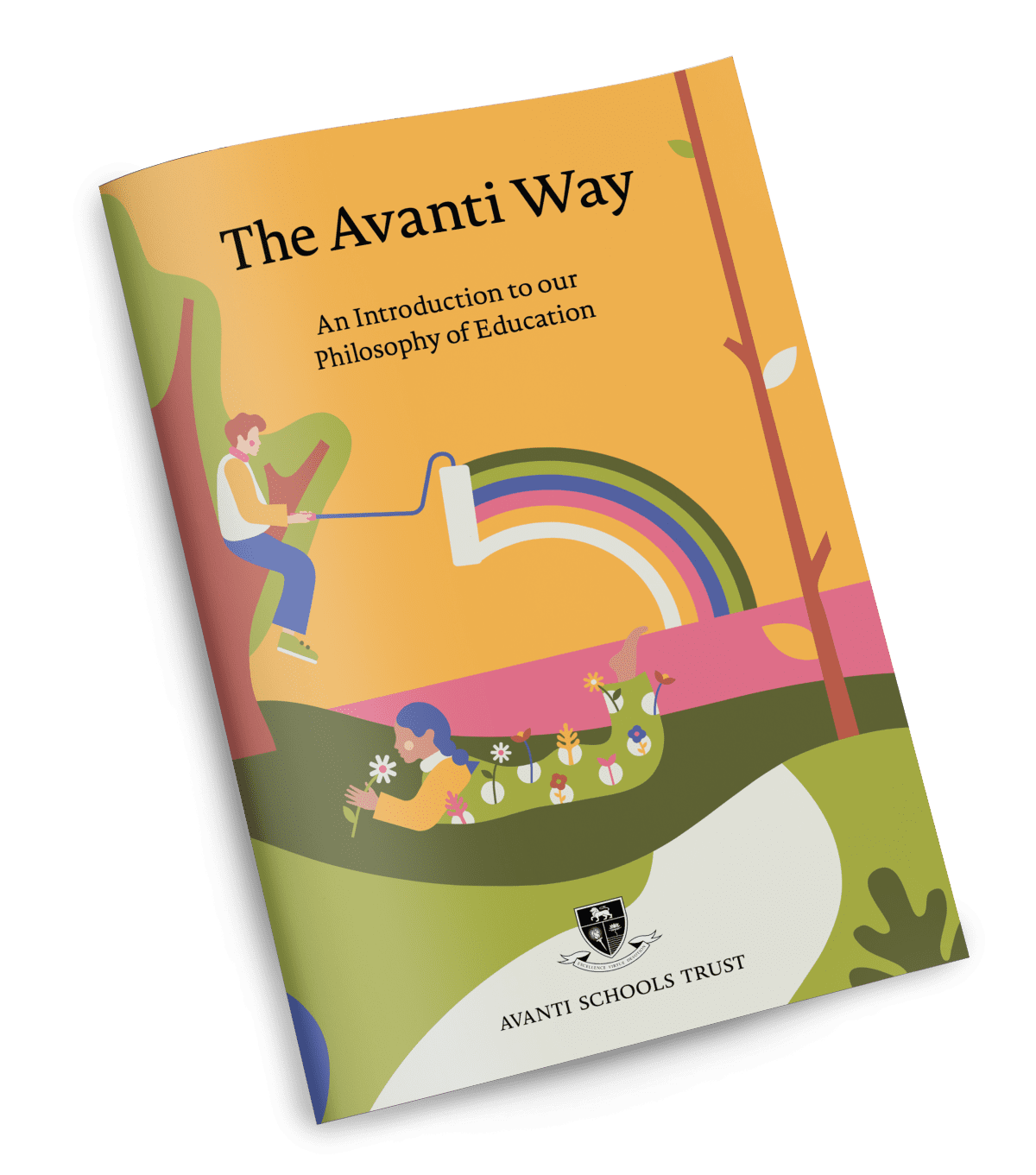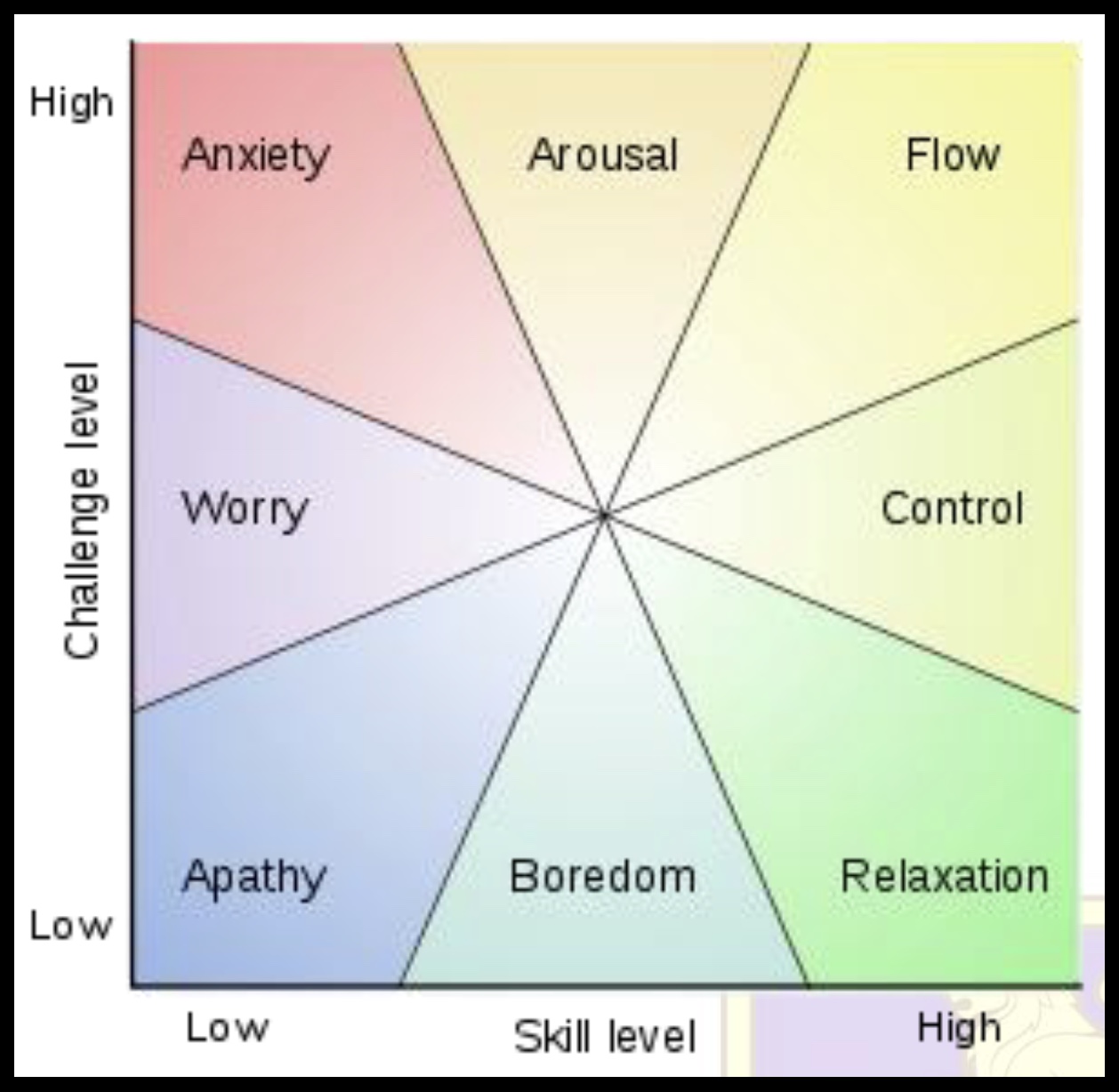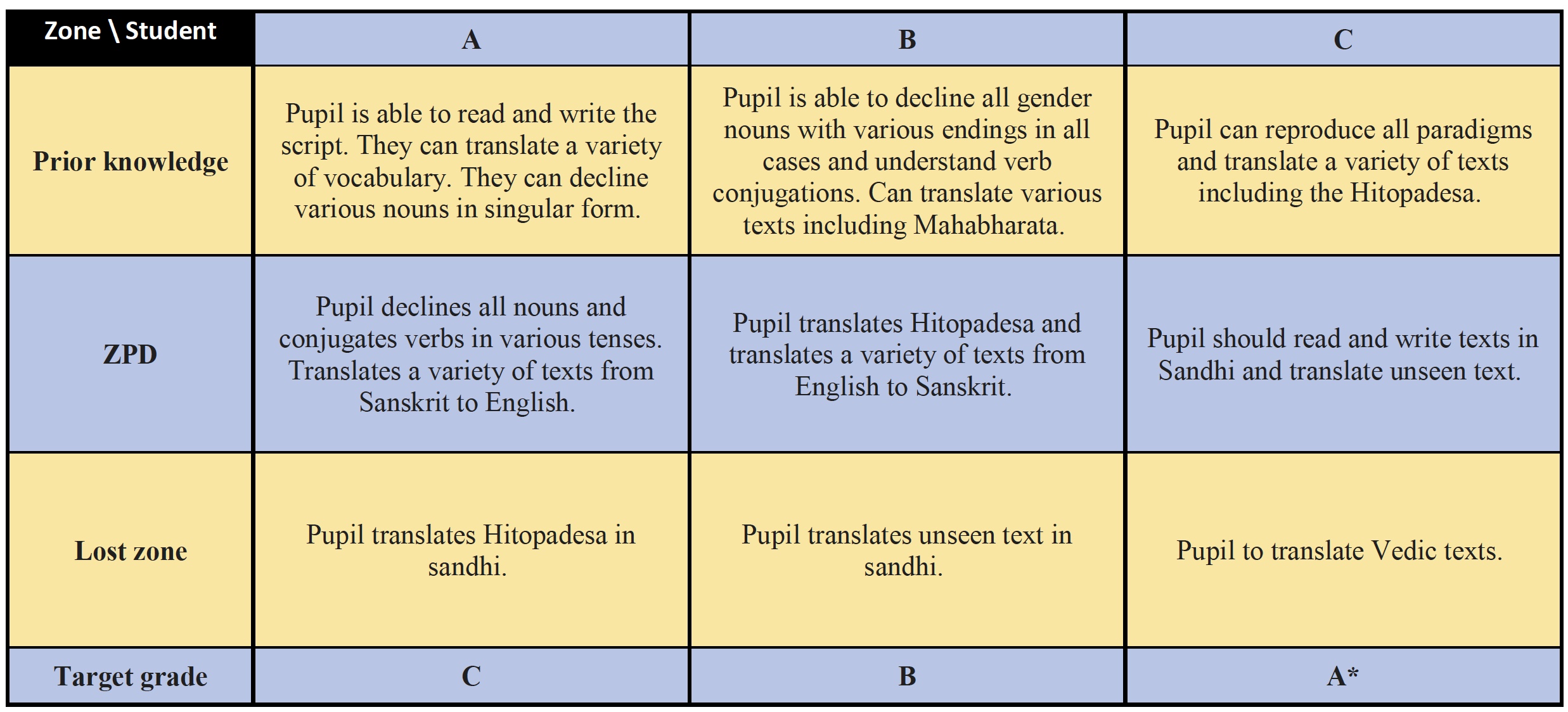
May 2021 Edition

By Jitendra Jani
Share
High Expectations with Hattie & Rosenshine
A clear baseline of expectations for teachers was introduced in September 2012 in the form of the Teachers’ Standards Overview1. They ‘define the minimum level of practice expected of trainees and teachers from the point of being awarded QTS’.2 A year later, further guidance was published3 to help schools utilise the standards for reviewing ones practice, professional development, reflective conversations following observations and performance management.

Figure 1 Department for Education
Many of us utilise the Teachers’ Standards to purposefully direct our development or to support the development of others. The purpose of this series of articles is to link the Teachers’ Standards to the research into cognition and expert teaching by John Hattie and Barak Rosenshine. An executive summary styled review of one of Hattie and Yates’ published works4 (Visible Learning and the Science of How We Learn – VL) as well as Rosenshine’s Principles of Instruction5 (POI) will be used in conjunction with the Teachers’ Standards Overview to bring a further understanding to the Cognition, Precision and Development of our profession.

Figure 2 – Teaching Standard 1
The first standard, indicated in Figure 2, will be the first focus for discussion. Setting high expectations which inspire, motivate and challenge pupils is essential for the philosophy of education outlined in the Avanti Way. Within the three-fold path the vision which amplifies our intent is explained as one where:
“… deeply inspired teachers nurture joyful students and nourish their innate passion for learning. Learning is a quest to discover each student’s unique gifts and potential and lay the foundation for their lifelong journey of learning. This is inseparable from high academic standards, where a challenging holistic curriculum cultivates independently thoughtful and reflective students by working towards a sense of mastery, emphasising depth, and not just breadth.”6

Figure 3 – The Avanti Way
The links between the first teaching standard and the Avanti Way is explicit. It is a philosophy that paves the way to embedding principles that is “truly is a whole community approach.”7 All members of such a community should strive for growth through intellectual, moral and spiritual pathways. That continued growth is the high expectation which in turn motivates and inspires us to be the best we can be and make the world a better place.
To encourage this we implement ways to boost confidence such that we are ‘always in’ and are ‘always creating’ a safe, stimulating learning environment. The importance of building confidence through “Knowing Thyself” and using that information to create a safe and stimulating learning environment is highlighted by the fact that Hattie dedicated a third of his VL book to it. He discusses the three hidden levels of confidence and how they are domain specific. He also explains the impact that perceived competency can have on self-efficacy, self-enhancement and self-control.
Although many of Rosenshine’s POI are based around effective procedures to support acquiring new knowledge and processing information into long-term memory, it places a spotlight on the impact of high success rates. Setting pupils up for failure can result in learned helplessness8, which is effectively an antonym of resilience. It is important to state how the first teaching standard and Rosenshine’s high success rates are not contradictory nor are they mutually exclusive. This is because the POI also include that the high success should come as a result of assistance through guided practice or by scaffolding difficult tasks.

Figure 4 – Cognitive Flow
My conclusion is that for successful teaching and learning to take place we must make sure that we maintain high expectations but create a pathway appropriate for pupils to reach cognitive flow, as illustrated in Figure 4 9. Learning should be accessible such that pupils can process content, practice skills and assess their development. There needs to be a focus on specific content or skills through modelling, scaffolding and deliberate practice10. Building confidence goes hand in hand with precision teaching to sustain a challenging environment where pupils feel safe to fail because they have had so much success. The difficulty must continue to ramp up or alternatively skills and content could dovetail to provide for pupils to create schemas11 or work towards mastery.
Einstein summarises this extremely well.
“Everything should be made as simple as possible, but no simpler.”
Albert Einstein
1 Teachers’ Standards: Overview – https://assets.publishing.service.gov.uk/government/uploads/system/uploads/attachment_data/file/665522/Teachers_standard_information.pdf
2 Teachers’ Standards – https://assets.publishing.service.gov.uk/government/uploads/system/uploads/attachment_data/file/665520/Teachers__Standards.pdf
3 Information sheet: How should they be used – https://assets.publishing.service.gov.uk/government/uploads/system/uploads/attachment_data/file/283567/Teachers_standards_how_should_they_be_used.pdf
4 Hattie, J. & Yates, G. (September 2013) – Visible Learning and the Science of How We Learn
5 Rosenshine, B. – Principles of Instruction: Research-Based Strategies That All Teachers Should Know, American Educator Vol. 36, No. 1, Spring
7 Armstrong, A. – PAR AWC Avanti Way Assemblies Information for Parents and Carers
8 Leonard, J. – What is learned helplessness? – Medical News Today https://www.medicalnewstoday.com/articles/325355#:~:text=Learned%20helplessness%20is%20a%20state,opportunities%20for%20change%20become%20available
9 Aspects of Play: Flow in Video Games/Cognitive flow https://paldinchronicles.wordpress.com/2013/10/06/aspects-of-play-flow-in-video-games-unfinished/
10 Lemov, D. – Developmental Writing: Especially useful with short assignments and fast revision https://teachlikeachampion.com/blog/developmental-writing-especially-useful-w-short-assignments-fast-revision/
11 Shibli, D. – It’s not all about retrieval practice! – January 2020 Impact
https://impact.chartered.college/article/its-not-all-about-retrieval-practice/

May 2021 Edition

By Jay Laxhman
Share
Zone of Proximal Development
‘Flipped learning’ is an approach that has become more prominent in education in recent years. Between 2013 and 2017, the EEF completed an efficacy trial with KS2 pupils using an online programme.1 The idea has said to stem from Vygotsky’s Zone of Proximal Development, ZPD2. When Jay revisited some of Vygotsky’s research, it inspired some thought provoking questions:
“Why are teachers in school?”
“What is the end goal?”
Overall, Jay believes that all pupils should make progress that is built upon prior to entering the schooling process. He provides his unique perspective of Vygotsky’s work below:

Figure 1: JLA’s illustration of the Zone of Proximal Development
“We all have our own ZPD and prior attainment. We also have the outer area of this diagram where we are unable to process the information and apply it. This area there where the learning is inaccessible. However, between our prior knowledge and the area lost to the learner we cannot access is a Zone of Proximal Development where, with the support and guidance of a facilitator and/or resources, one can access the learning. This zone is the area of push and individuals are encouraged to work harder and harder to understand the learning in this zone. Although it can be difficult at times, they do obtain the knowledge and improve their skills.”
Hattie discusses the importance of the difficulty faced when processing the learning in ZPD with explanation of two systems of thinking3. By pushing pupils into the ZPD, they need to switch away from automaticity and immediacy towards a process that allows them to ‘stop, look, listen, and focus’4. The slower thinking system is required for more challenging situations to be considered more deeply and this can lead to a ‘hurt’ more if our cognitive resources are not expanded by its regular use.5
Jay went on to explain how the Zone of Proximal Development can be applied to other aspects of life. He used the example of physical development at a gymnasium:
“An individual is clearly able to comfortably lift up two dumbbells of the weight of 8kg each. However, this does not help the muscles to rip and then bond to form larger stronger muscles, which is the purpose of the exercise.
“In the same gymnasium, a similar individual performing the same exercise is working hard with 20kg in each hand. This weight at present is not accessible for the individual.
“Therefore, ideal individual would be encouraged to focus on his posture, the movement and complete few reps with a 12kg weight.
The Zone of Proximal Development for this person could be between 10-14kg. This guidance, from a teacher or personal trainer, should assist in developing the individual.”
Lamov’s “Teach like a CHAMPION” blog6 often references the parallels between good coaching in sports and good practices as an educator. His focus on the similarities have led to simple, yet ground breaking revelations as to how clear instructions that move learners into the ZPD can accelerate progress.
Deliberate practice has also found its way into Jay’s example of how to use our knowledge of cognition to better our teaching and learning. The Confident Teacher7, a blog written by Quigley, as well as the CCT8 have referred this as a potential key part of becoming an expert in education. In the same way, through prior attainment and understanding, the individual is guided on a particular course to reach fluency. Jay reflected on this to further his understanding of the role of a teacher a potential aim:
“The teacher should be a guide that assists the individual to develop in their Zone of Proximal Development.”
Jay teachers Sanskrit IGCSE at Avanti House Secondary School and caters for a variety of pupils with various abilities. Some have knowledge from their primary schools if they were taught Sanskrit or have their home language (Hindi/Gujarati) to assist them. There are also some pupils from India which can help. However, there are some that have had no knowledge of the subject prior to their secondary learning. Sanskrit students have a keen interest for the subject through religiousness, curiosity, or just to attain a prestigious IGCSE grade.
Sanskrit holds its own as an ancient language alongside Greek and Latin and is known for its complex grammar. Cambridge International’s goal is that, “Students develop an analytical approach to learning language and are better equipped to compare the structure of Sanskrit with those of other languages. The syllabus also encourages students to develop an appreciation of literature, in terms of content as well as philosophical, cultural, social and historical contexts.”9
The advice offered by Jay to support your progression as an educator to harness the potential of the Zone of Proximal Development are:
- Know your subject –
o Have strong curriculum, pedagogical and subject knowledge
o Understand which topics are more difficult
o Proactively hunt for misconceptions
- Reflect –
o Use your experience to build your knowledge misconceptions
o Understand which topics may take more time or guidance
o Take the time to think about the experience of individual learners and their progression
- Active Participation
o Psychological Safety
o Teaching Standards 1 and 710
The three I’s for effective curriculum design are also used to ensure that the provision for the pupils meets Jay’s high expectations. He summarised how he uses them when strategizing his planning:
- Impact (previous)
o Establish a Baseline
o Check knowledge and skills
o Reflect
- Intent
o Know your pupils – SEND, different ways in processing learning
o Create an effective learning pathway
- Implementation
o Differentiate – grammar vs translation
o One stop tuition – pupil led explanations
o Extension activities
– Continuous development of skill into fluency, not just knowledge acquisition
– Ignite a passion for the subject
– Pupils allowed to build upon their own individual learning pathways
“We are all individuals and so all of our ZPD will be different.”
Target grades may help the teacher understand the pupil’s ability but that is not the full picture. Jay has made large strides towards actualising his vision of a teacher that understands how much individual pupils can be stretched. He has provided the following table that he has constructed for when he is delivering IGCSE Sanskrit (Figure 2).

Figure 2 – Example of planning table used to expose Zone of Proximal Development
“One can see the different between these students. The target grades, as well as knowing the pupils well, assist in identifying the ZPD. The learning for each in the ZPD is different but not drastically. Student C would not be able to apply their work in translating sentences through the process of Sandhi. They struggle in recognising the cases in the dual and plural. If they are written in Sandhi this may be too much for them. However, this does not mean the teacher should not push them. If they are pushed too far the student may lose motivation to continue. This is where many teachers lose their pupils and after this point, it can be very difficult to retrieve them.”
Jay’s dedication and passion for research informed strategies has not been swayed by the Coronavirus (Covid-19). For those that have spoken to him, you will know that his practice has adapted to embed the more classical philosophers and psychologist to give an ageless approach to Cognition, Precision and Development.
Sanskrit
यद्यदाचरति श्रेष्ठस्तत्तदेवेिरो जनः । स यत्प्रमाणं कुरुिे लोकस्तदनुवितिे ॥ २१ ॥
yad yad ācarati śreṣṭhas tat tad evetaro janaḥ sa yat pramāṇaṁ kurute lokas tad anuvartate
Whatever action a great man performs, common men follow. And whatever standards he sets by exemplary acts, all the world pursues.
1https://educationendowmentfoundation.org.uk/pdf/generate/?u=https://educationendowmentfoundation.org.uk/pdf/project/?id=193&t=EEF%20Projects&e=193&s= EEF Flipped Learning
2 Bruner, J. (1984). Vygotsky’s zone of proximal development: The hidden agenda
3 Hattie, J. & Yates, G. (2013). Understanding Learning: Lessons for learning, teaching and research – page 28
4 Stanovich, K. E. (1999). Who is rational? Studies of individual differences in reasoning. Mahwah, NJ:
Lawrence Erlbaum
5 Kahneman, D. (2011). Thinking fast, thinking slow. New York, NY: Farrar Straus Giroux.
Figure 1: JLA’s illustration of the Zone of Proximal Development
Area lost to the learner
ZPD
Prior Knowledge
6 https://teachlikeachampion.com/blog/ Lamov. D
7 https://www.theconfidentteacher.com/2013/03/becoming-a-better-teacher-by-deliberate-practice/ Quigley. A
8 https://impact.chartered.college/article/scaffolding-by-novice-expert-teachers-difference/ Shires. L
9 https://www.cambridgeinternational.org/Images/336801-2019-2021-sanskrit.pdf Sanskrit Syllabus 2019

May 2021 Edition

By Nitesh Gor OBE
Share
Why The Avanti Way?
The idea for Avanti was formed way back in 2003. Our intention was for a school that fulfilled the potential of each child, intellectual, moral, emotional and spiritual. However, it wasn’t until after our first school opened that we began trying to articulate the vision in more concrete terms. Through that process, three core themes emerged: educational excellence, character formation and spiritual insight. They seemed to encapsulate our intent and we ran with that; they became our intertwined three-fold path. We created a logo based on these three aspects and incorporated the words excellence, virtue and devotion as shorthand for the new logo design. As the organisation evolved, so did the bullet points that explained each of these three core areas of our mission. The six values (respect, self-discipline, integrity, courage, empathy, gratitude) arose from an exercise that consolidated the various values that appeared through the faith tradition’s core texts: Bhagavad-gita and Bhagavata Purana.

A few years ago, as we began seriously exploring the potential of us developing and/or taking on community (non-faith) schools, we saw the increasing need to review our vision and ethos statement. Our three-fold path was working well, and our six values were universal enough, but we realised that two particularly important aspects were missing: the first, a simple statement on why we exist – our raison d’être, and the second, the philosophical principles upon which our intentions of educational excellence, character formation and spiritual insight rest.
The statement on why we exist was relatively easy, since we had done so much work previously on this topic, and because the opening passages of the Bhagavata Purana refer to education as “reality distinguished from illusion for the welfare of all”. The statement takes our original intention of holistic education and identifies the main outcome we wish to see as a result of this education i.e. for our alumni to use all they have learned and have become, to make the world a better place.
The philosophical principles were slightly more challenging since that involved first identifying the most critical philosophical principles and then synthesising these quite complex ideas into pithy statements. The result was the six Core Principles. These, perhaps even more than our three-fold path, exemplify what is most unique about Avanti. These are the organisation’s core beliefs, which act as the lens through which we seek to manifest our vision. Indeed, they inform what the organisation’s vision, ethos and culture should be.
As Avanti matures as an organisation, The Avanti Way will become increasingly embedded within our DNA. Or perhaps it is better put the other way around: as The Avanti Way becomes increasingly embedded within our DNA, Avanti will mature as an organisation.


May 2021 Edition

By Mike Ion
Share
Teaching students so they will never forget
“What if understanding memory was the key to unlocking learning?”
Long-term memory is a powerhouse of human cognition, helping us to solve problems, make sense of new information and look things up. But storing things securely in long-term memory can be really hard, particularly for students who have to remember lots of new information in lots of different subjects.
What is known as ‘spaced-repetition’ is a solution to this problem. It is one of the best-evidenced findings in cognitive psychology, and makes remembering things much easier and quicker, but despite this it is not often used.
The video presentation below provides a quick overview of ‘spaced-repetition’ research and some practical advice about how you can integrate a ‘spaced-repetition’ flashcard system into your teaching and planning.
Teaching That Sticks
Why do we remember somethings better than others?
The article below was written by Chip and Dan Heath, the authors of popular books such as Made to Stick, Switch and The Power of Moments. In this article they explore why ideas become sticky and how that might translate into the classroom.
Key Takeaways
- Sticky ideas are SIMPLE and focus on the most important information. They contain “What matters most” and consciously exclude anything else.
- UNEXPECTED ideas or experiences raise levels of curiosity and motivate students to want to know more.
- Ideas that are made CONCRETE through the explanation of practical application or physical involvement by students seem to be more sticky.
- Making an idea or a piece of information CREDIBLE by using facts or getting students to see or experience it is key.
- Connecting with EMOTION during the learning process can help by attaching information to feelings which are often easier to recall than isolated knowledge.
- Knowledge or ideas woven into STORY are particularly powerful as they trigger mental simulation and enable students to put themselves into the situation or idea.
